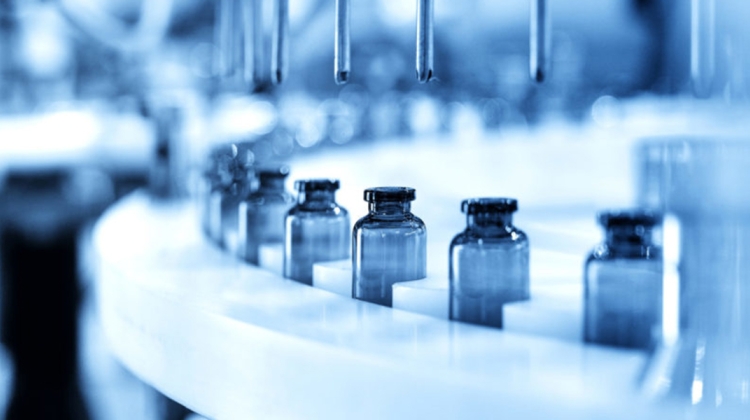Drug substance continuous manufacturing processes generally have a more numerous and more diverse set of unit operations (reaction, work-up, crystallization), with potential for decoupling points to separate different sections of multi-step flow trains with surge vessels, and a unique equipment arrangement for each given synthetic step. In addition, drug substance continuous manufacturing processes often end with a batch filtration, washing, and drying unit operation resulting in discrete lots and batches discharged during an otherwise continuous run. In contrast, the same equipment arrangement can typically be used for a larger number of different products in drug products and these processes can be run with continuous product production off the line.

Drug substance continuous manufacturing processes also tend to have a longer mean residence time (MRT), broader residence time distribution (RTD), and correspondingly longer startup and shutdown transition times. In addition, the transition times may operate as semi-batch. For example, CSTRs, surge tanks, extractors, evaporators, and crystallizers can be filled semi-batch in state of control when the flow train starts up and gradually fills, then emptied semi-batch in state of control when the flow train shuts down and gradually empties, without diverting the transition material to waste. Transitions can take several days for an entire drug substance continuous manufacturing flow train. While transition material may be approved for forward processing, it is nevertheless often beneficial to plan for longer nonstop run times to minimize the number of startup and shutdown transitions. Once the entire continuous process train is up and running in a state of control, it is advantageous from a quality control and manufacturing efficiency perspective to keep it running until the total required material amount is produced. Target run times or campaign length without stopping can be days, weeks, several months, or even year-round. A consequence is that throughput can be a limiting factor for drug substance continuous manufacturing processes when looking to adjust to future demand increases compared to drug substance continuous manufacturing.
Process Analytical Technology (PAT) can be lower frequency for drug substance continuous manufacturing, especially if the drug substance continuous manufacturing sections end with a batch unit operation like drying and have release specifications for the full generated batch. This is enabling as higher specificity types of PAT often have lower frequency, and higher specificity PAT is often more valuable for informing process adjustments, when the goal is to maintain unreacted starting materials or key impurities at low levels—for example, 0.05 area% relative to the product. The trend to date has also been lower critical use of PAT for drug substance continuous manufacturing (versus drug Product use in real time release, for example), as it is more feasible to operate some sections of drug substance continuous manufacturing flow train fully under parametric control. It is more feasible to operate under full parametric control with a drug substance continuous manufacturing process for a couple of reasons. Acceptable magnitude and duration of disturbances are often larger and longer for drug substance continuous manufacturing, as the RTD is broader, processing steps are farther from the patient, the acute impact of a disturbance often does not propagate past a surge vessel, and downstream crystallizations have impurity rejection capabilities and typically begin with homogeneous solution mixtures of accumulated production sections. Finally, the reactors and unit operations can be miniaturized to a greater extent with drug substance operations compared to drug product operations, and that is beneficial for development and characterization activities that include the experimental exploration necessary for establishing a holistic control strategy and establishing the acceptability of parametric control.







